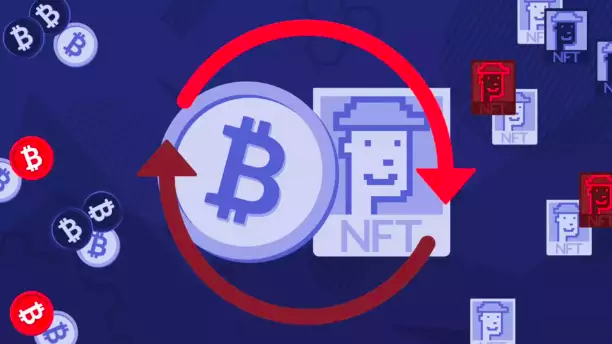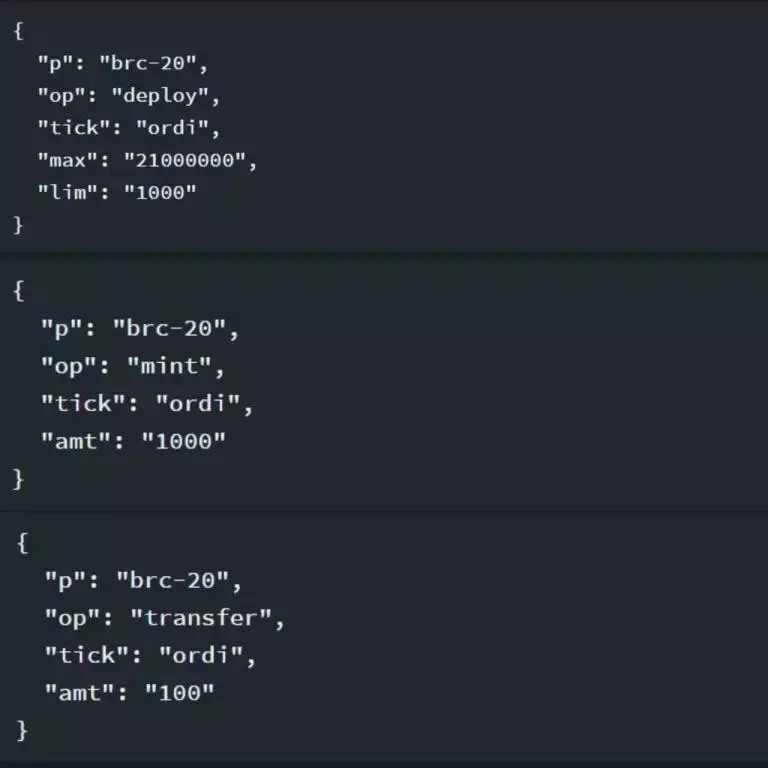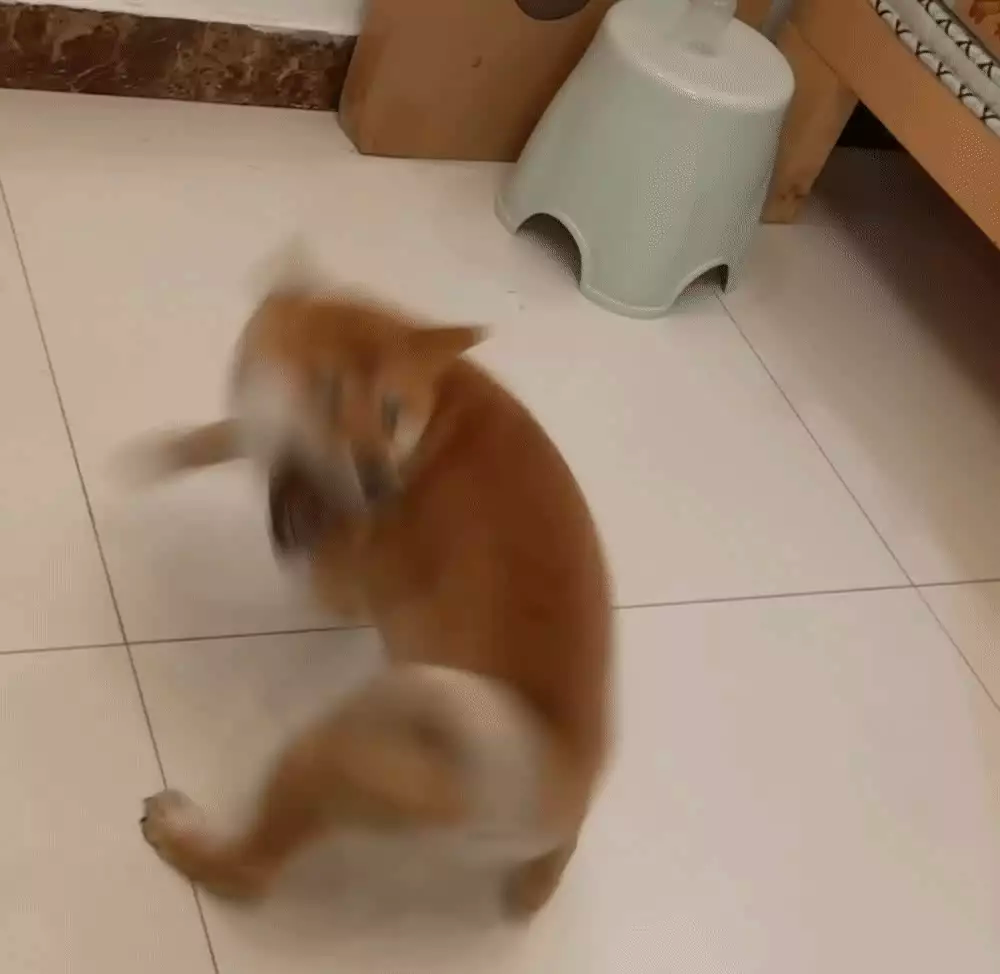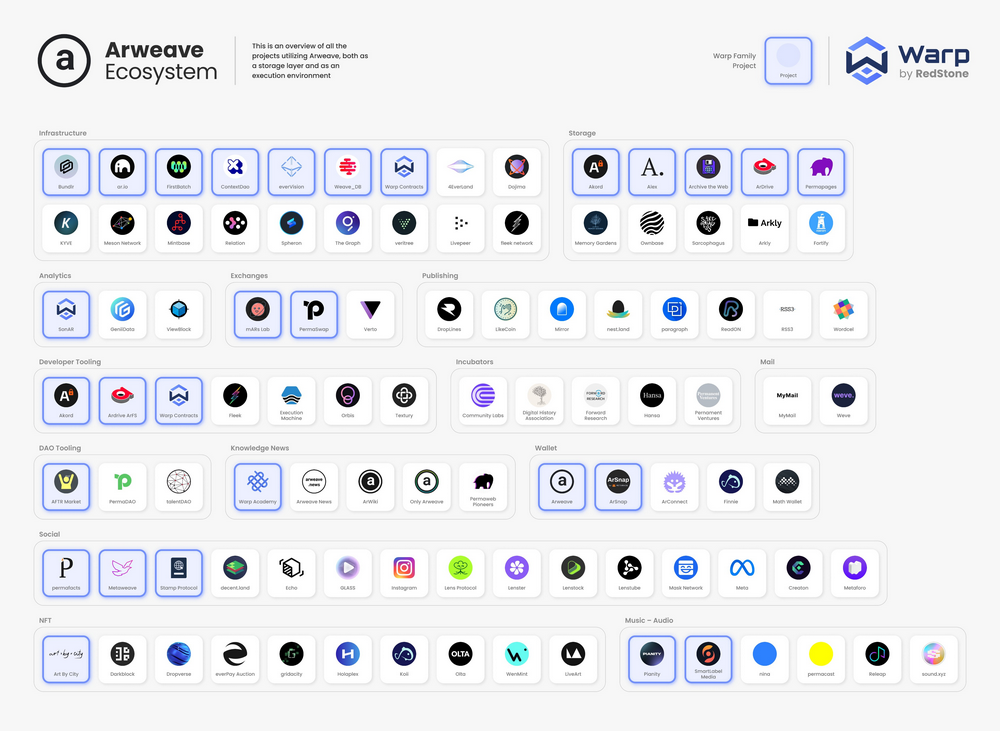Why is it said that developing an ecosystem on Bitcoin is like seeking fish in a tree?
Author: MiddleX
Recently, from BRC20 to ORC20, from "Wizards" to "Pepe the Frog," these Bitcoin ecosystem memes have captivated people, causing the market to completely FOMO. Meanwhile, aside from the Ordinals protocol, the forgotten Bitcoin inscription protocol RGB, along with various Bitcoin L2 projects, have all become new hot topics. Some new projects have also entered the fray, hoping to participate in building the Bitcoin ecosystem and share in the new narrative.

What is the technical essence of Bitcoin inscriptions? Is it about engraving on "satoshis"? What is Bitcoin L2? Can an ecosystem be built on Bitcoin? Let's dig into it.
What are Bitcoin "Inscriptions"?
Bitcoin is a decentralized ledger that records every transaction that occurs within it. When a transaction is submitted, the Bitcoin network allows a string of custom characters to be submitted along with the basic transaction metadata, which can be understood as a transaction note. This transaction note field was primarily the "OP_Return" field, and after the Taproot upgrade, it can also be the transaction witness field. Regardless of where it is stored, this part is stored on the Bitcoin chain as part of the transaction.
So, what does it mean to engrave on "satoshis"? In fact, the Ordinal protocol was originally used to issue NFTs. During the minting process of an Ordinal NFT, you will receive 1 satoshi, and the transaction of this 1 satoshi is engraved with the NFT's metadata, thus binding this 1 satoshi to the NFT. If you are willing to pay a higher cost, you can also engrave the complete data of the NFT; the witness field supports engraving up to 4M of content.

But please note that the Bitcoin network does not recognize the binding relationship between Ordinals NFTs and satoshis. When you transfer this 1 satoshi to someone else, the Bitcoin network will not distinguish whether this is a satoshi bound to an NFT or a regular satoshi. This means that you might accidentally pay off this special satoshi during the transfer.
As we know, Bitcoin's ledger uses the UTXO model, which simulates a physical cash accounting model. What you have in your account is not Bitcoin, but individual UTXOs, like individual banknotes. When you need to pay someone, if you have multiple banknotes in your account, you can choose which banknote to use (selecting UTXOs). Additionally, you can use one banknote to pay for a transaction or combine multiple banknotes to pay for a transaction. If the amount you need to pay is less than the smallest banknote you have, you can split that banknote into two: one for the recipient and one for yourself (this is what is commonly referred to as "change" in the UTXO model).
Most Bitcoin wallets do not prominently display the option to select UTXOs for payment; instead, it is hidden in advanced settings. The wallet will automatically select which UTXO or UTXOs to use for payment according to its own defined random rules.
To avoid mistakenly treating a special satoshi as a regular satoshi and paying it off, "client-side validation" is needed. If the wallet supports the Ordinals protocol, it will avoid using special satoshis during payment. If you are transferring this special satoshi, the wallet will also prompt you that you are transferring an NFT. In other words, wallets that support the Ordinals protocol are responsible for maintaining and recognizing the binding relationship between NFTs and special satoshis.
RGB and Ordinals NFTs operate on the same principle, relying on client-side validation to verify the binding relationship between NFTs and satoshis. Essentially, this is a form of off-chain consensus.
Are BRC20 Tokens Engraved on "Satoshis"?
Whether it is Ordinals NFTs or BRC20 tokens, they are essentially inscribed in Bitcoin transactions, rather than being engraved on "satoshis." Only Ordinals NFTs establish a binding relationship with satoshis. BRC20 tokens, on the other hand, do not have a binding relationship with satoshis. BRC20 tokens are deployed, minted, and transferred through inscriptions. Specifically, this is achieved by writing JSON format state transition data into Bitcoin transactions, as shown below:

Anyone can inscribe on the Bitcoin chain; it is not necessary to use a specific client. If someone mints already minted BRC20 tokens through inscriptions or transfers BRC20 tokens they do not own, that mint or transfer is invalid. However, the Bitcoin chain itself does not process this code and will not verify whether the mint or transfer of BRC20 tokens is valid.
The task of verifying the validity of inscriptions is performed by wallet clients or browsers that support the Ordinals protocol.
It can be understood that the Ordinals protocol essentially treats the Bitcoin protocol as a hard drive, recording its own ledger on the Bitcoin chain, but the interpretation rules for the ledger are local and not on the Bitcoin chain. Alternatively, we can understand it through the lens of modular blockchains: the Bitcoin chain is merely the data accessibility layer for BRC20 tokens, while the Ordinals protocol itself is the true consensus layer. This logic is quite similar to the concept of "sovereign rollups" proposed by Celestia.
The difference between BRC20 and Ordinals NFTs is that the transfer of Ordinals NFTs is not achieved through inscriptions; it does not require a transfer function. Simply transferring a specific satoshi is equivalent to transferring the corresponding NFT, and this structure naturally supports the Lightning Network. BRC20 tokens, however, are not bound to satoshis and require specific compatibility development to support the Lightning Network through inscriptions to record transfer information.
Are "Inscriptions" Tokens Safe?
Whether it is Ordinals NFTs or BRC20 tokens, although the ledger exists on Bitcoin, the consensus rules are all off-chain. Therefore, "inscription" tokens do not fully share the security of Bitcoin.
The Bitcoin chain, as a data accessibility layer, does not perform any validation on inscriptions; both valid and invalid inscriptions are submitted, and the Bitcoin chain itself has no ability to distinguish whether an inscription is valid. Thus, although the ledger of the Ordinals protocol is stored on Bitcoin, it is essentially a "dirty ledger." All valid data is stored on it, but not all stored data is valid. The filtering of this "dirty ledger" is accomplished through "client-side validation."
This "filtering rule," or the "interpretation rule" for the validity of on-chain data, is the essence of the Ordinals protocol. Only when the set of rules defined by the Ordinals protocol has strong social consensus can "inscription" tokens be considered safe.
Can an Ecosystem Be Built on Bitcoin?
Currently, the Ordinals protocol can only be used to issue tokens, but if Ordinals makes the inscription system, that is, the rule system, complex enough, it could be used for DeFi. If Ordinals pushes the complexity of rules to the extreme, it could even become Turing complete, allowing for any contract logic to be implemented.
However, I do not believe this constitutes a Bitcoin ecosystem! This is merely the Ordinals ecosystem. If other inscription systems, such as RGB, also establish such a set of rules, that would be the RGB ecosystem, not the Bitcoin ecosystem. The RGB ecosystem and the Ordinals ecosystem do not interoperate and cannot rely on Bitcoin for interoperability. It feels like a contract on Ethereum cannot access and call another contract…
What is Bitcoin L2?
First, let's define L2. L2 refers to chains that attach their security to other L1 chains. Bitcoin L2 is a chain whose security is attached to Bitcoin, or in other words, Bitcoin L2 is a chain that shares security with Bitcoin.
If we use this standard, Rootstock, Liquid, and Stacks are not Bitcoin's L2; they can only be considered sidechains. Stacks claims that it will achieve shared security with Bitcoin in the next version update, but has not disclosed specific plans.
Currently, various projects claiming to be Bitcoin L2 are, in fact, sidechains, and the various flashy proposals they present cannot share security with Bitcoin, including:
- Writing block headers on the Bitcoin chain (similar to the Plasma solution that Ethereum has already phased out)
- Using Bitcoin as the network staking token
- Electing block producers on the Bitcoin chain
- Synchronizing block production with the Bitcoin chain
- Incentivizing Bitcoin miners to become L2 network validators

Invalid Actions
It is not impossible to share security with Bitcoin. We can imagine, what if the Ordinals protocol not only stored ledger data on the Bitcoin chain through inscriptions but also placed the entire definition of data validity rules (i.e., the source code of the Ordinals protocol) on the Bitcoin chain?
In this case, although it would still require "client-side validation" to implement a series of verification processes, any entity could run a clean ledger using the "rules" written on the chain and the dirty ledger, achieving a consistent state transition record and final state.
This form is not new; it is the storage consensus paradigm proposed by Arweave—SCP. This method is suitable for building heavyweight applications that do not require high interoperability but have high performance demands. Arweave has accumulated years of experience, and there are already over 100 SCP applications on it.

If we want to build SCP applications based on Bitcoin, it is technically feasible, but economically constrained, allowing only for the construction of relatively simple applications, as frequent inscriptions on Bitcoin are quite costly.
Conclusion
After all this, I do not intend to completely deny the efforts to build various services on Bitcoin. I understand the dissatisfaction of PoW supporters with Ethereum's upgrades and the need for Bitcoin miners to seek increased revenue under the expectation of halving. The Bitcoin network can certainly create some meme tokens and collectibles through inscriptions, but the story should stop there. We should not waste time replicating the Ethereum ecosystem on Bitcoin (whether through "inscriptions" or L2), as this does not create any new value for the entire Web3.
Ultimately, building an ecosystem on Bitcoin is akin to doing what Ethereum can already do in a clumsy and more costly way. Nothing new can emerge from the Bitcoin ecosystem. I do not deny that the price miracles and wealth myths surrounding the concept of a "Bitcoin ecosystem" may continue, but as a long-term thinker, I am more concerned with creating actual value, broadening the use cases of Web3, and allowing the Web to break out of its confines.









